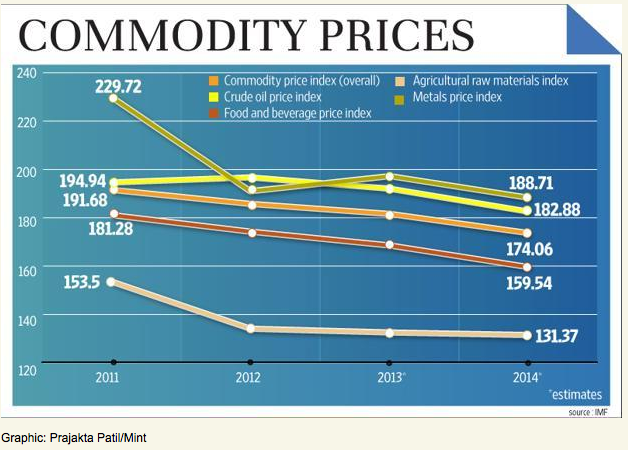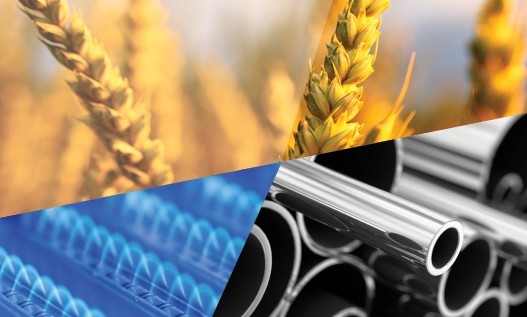What Is Commodity Investing How to Invest in Commodities
Post on: 20 Июнь, 2015 No Comment

NEW YORK ( TheStreet ) — How does commodity futures trading work and what are the risks? — C.H.
Commodity futures trading involves buying and selling contracts for the future delivery of physical raw materials, explains Mark Hansen, director of trading at New York-based specialty commodities firm CPM Group.
Examples of frequently traded commodities include gold, copper, soybeans and even live cattle or pigs. The futures market allows producers and consumers of each product to engage in risk management, says Hansen.
Indeed, that is why the futures exchanges were developed. A farmer wanting to be sure of a price for a product would sell a contract for future delivery at a price agreed to now. By doing so he, or she, would remove the risk that prices on the delivery date would be lower.
The Trading of Futures Contracts
The contracts are typically bought and sold by traders on exchanges such as the Chicago Mercantile Exchange, part of the CME Group (CME — Get Report ). The trading occurs either on the exchange floor or electronically.
Investors Beware
Although making the actual futures contract trade is similar to buying or selling shares of a stock, the trade is different in an important way. Unlike trading shares of stock, almost all futures are bought and sold on margin. Since only a fraction of the face value of the contract needs to be paid upfront, it means that profits and losses are magnified.
The most important thing to remember is the risk of leverage puts you at risk of losing substantially more than you put in, adds Hansen. An inexperienced investor would be hard pressed to manage the positions, and there are so many other
investment
products available which might be better.
For many investors, that may mean looking toward some of the new commodity exchange-traded funds (ETFs).

For people not wanting to pick a specific commodity to invest in, such as gold or soybeans, but still want general exposure to commodities, then the iPath Dow Jones-AIG Commodity Index Trust (DJP ). could be a good ETF to pick, according to Dan Roe, chief investment officer at wealth management firm, Budros, Ruhlin & Roe, in Columbus, Ohio.
The iShares S&P GSCI Commodity-Indexed Trust (GSG ) is a similar investment product, with a slightly different mix of components.
Narrower investment products, which track either a thin slice of the commodity segment, or a single item are also available including: streetTracks Gold Shares (GLD ). which tracks gold prices, PowerShares DB Base Metals (DBB ). which hugs the value of industrial metals, and the PowerShares DB Agriculture Fund (DBA ). which tries to match price moves in farm products such as sugar, corn and wheat.
For an average investor, Roe recommends an investment of 3%-10% commodities, which will help reduce overall volatility of a portfolio. And since volatility is how most money managers identify risk, lower overall volatility means less risk.
Recommended Reading
Those investors still hell bent on trading commodities futures (despite the warnings) might want to take a look at Opportunity and Risk: An Educational Guide to Trading Futures and Options on Futures. by the National Futures Association, an industry self-regulatory body. Readers can download a PDF file free from the organization’s Web site.
In addition, CPM’s Hansen says A Complete Guide to the Futures Markets: Fundamental Analysis, Technical Analysis, Trading, Spreads, and Options by Jack D. Schwager is a great resource despite being over 20-years since it was first published.














